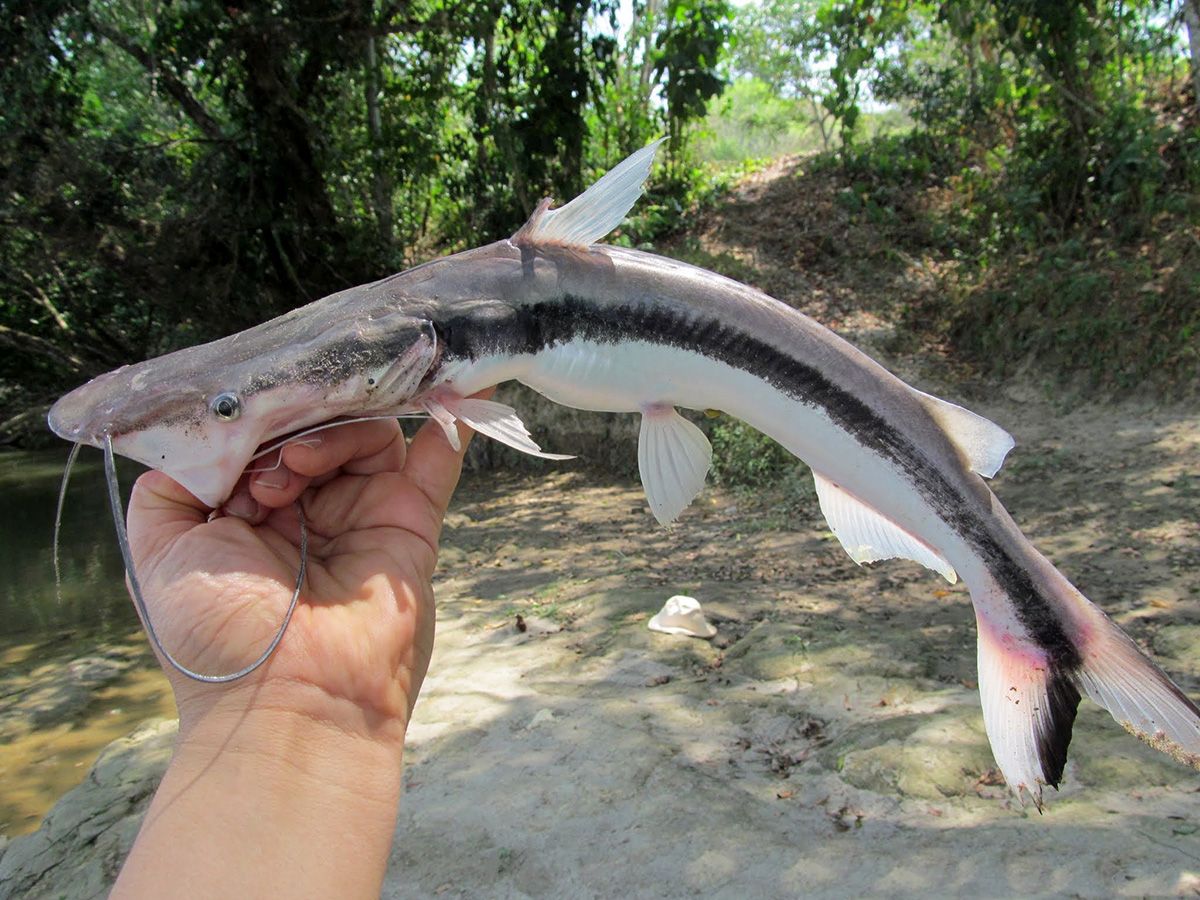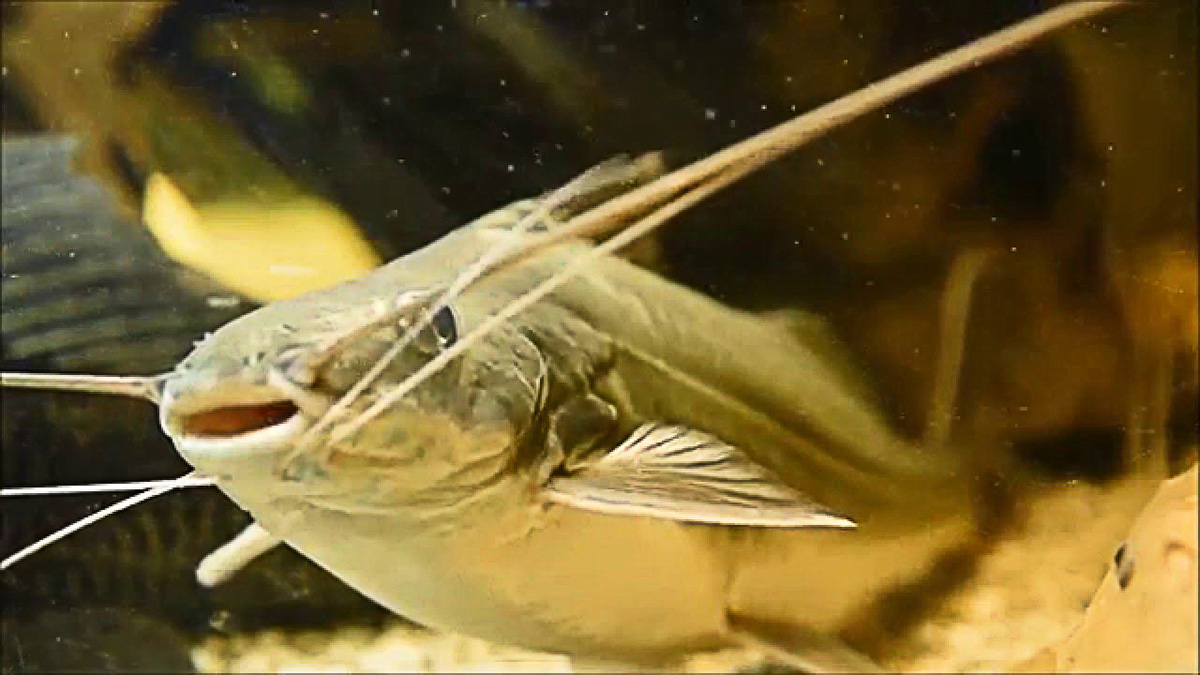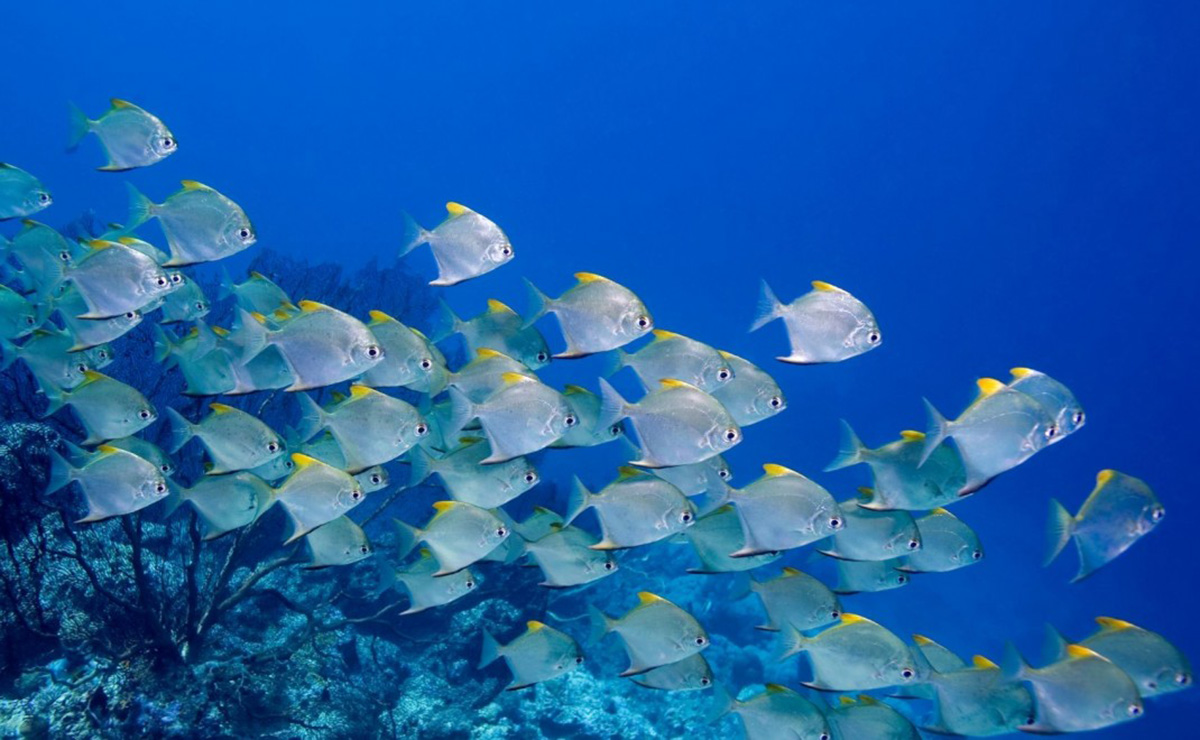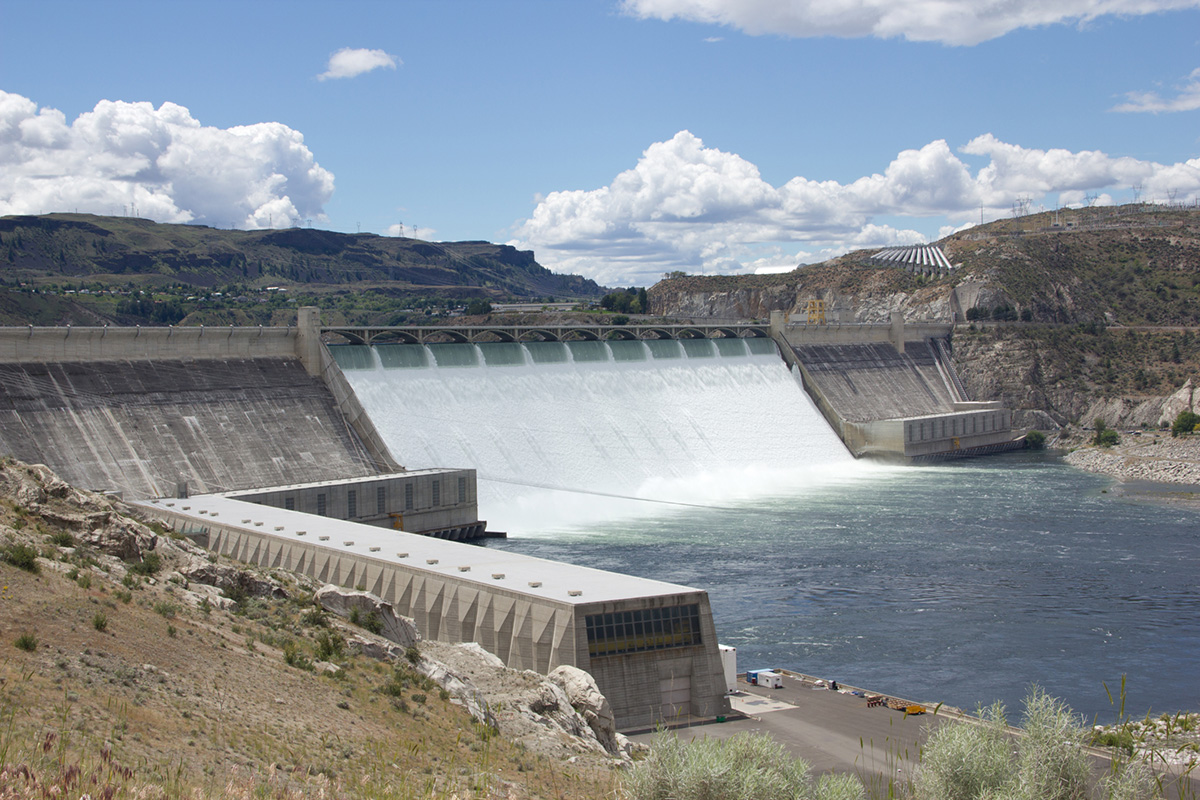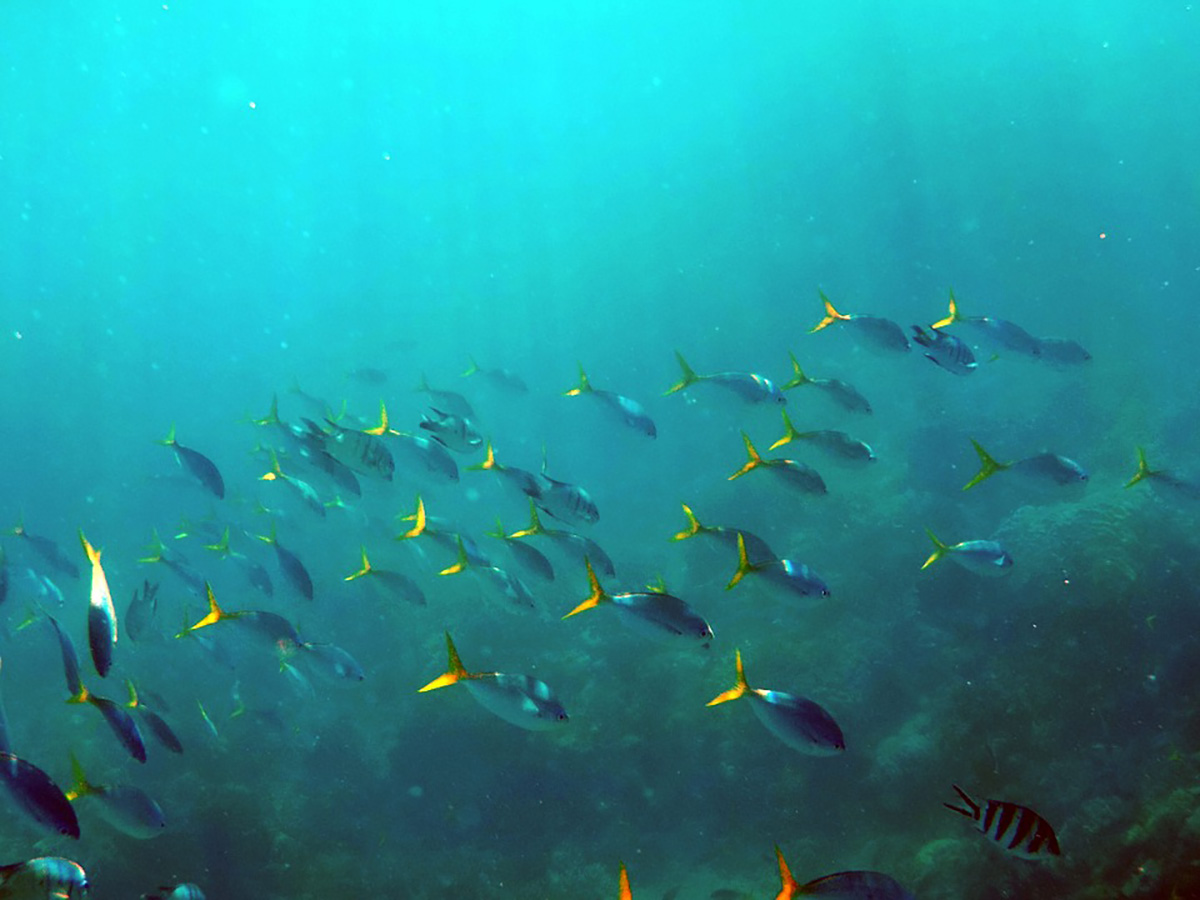With this new technique, it is possible to obtain new information thanks to the project carried out by four UNal-Medellín graduate students directed by School of Biosciences Professor Edna Judith Márquez Fernández.
To amplify DNA regions, the researchers developed specific sequences known as "primers" which help observe population genetic variations of fish of the medium and low basins of the Cauca River, between the municipality of Tarazá and the outpour of this river into the Magdalena River.
The method accurately analyzes the genetic diversity of 13 migratory species: jetudo or pataló (Ichthyoelephas longirostris), ray-finned fish (Prochilodus magdalenae), vizcaína (Curimata mivartii), dolphin catfish (Ageneiosus pardalis), trans-Andean shovelnose catfish (Sorubim cuspicaudus), chango or mueluda (Cynopotamus magdalenae); capaz (Pimelodus grosskopfii), arenca (Triportheus magdalenae), sabaleta (Brycon henni), four-lined pimodella (Pimelodus blochii), stripped catfish (Pseudoplatystoma magdaleniatum), schultz"s bumblebee catfish (Pseudopimelodus schultzi) and comelón (Leporinus muyscorum).
These species thrive in an area where the hydroelectric dam of Ituango (Hidroituango) considered the largest hydroelectric project in Colombia will be built. This dam could impact the migration and reproduction of fish, and ultimately contribute to loss of biodiversity.
The Universidad de Antioquia National Genome Sequencing Center performed the sequencing of the genome of the species studied to identify the primers.
According to Márquez, these tools were designed for microsatellite sequences (short repetitive DNA sequences) amply distributed throughout the genome and variable.
"For genome sequencing, we used 454 FLX pyrosequencing and Illumina next-gen sequencing, novel technologies which enable large-scale DNA sequencing. First, we analyzed the biological information and later carried out a laboratory assessment. This project which will end in 2018 will help us understand genetic diversity and if there has been a connection between species," added Márquez.
Partial results have shown that from the genetic point of view, the individuals of a particular species from one part of the basin are different from those of another part of the basin.
Although the project did demonstrate that several short (up to 100 km, [62 miles]) and medium migration species (between 100 and 500 km [62 and 310 miles]) are genetically similar; the analyses continue for the ray-finned fish, the capaz and the four-lined pimodella, species which have successfully passed the location where the dam is being built. This will help obtain information to estimate the potential changes in genetic diversity of the populations.
Tested at Hidroituango
According to Social and Environmental Biologist Hernán Sánchez Cruz, of the Hidroituango Environmental and Sustainability Directorate, one of the most important effects of this type of projects is that it creates a sort of barrier effect for fish.
"Building dams breaks the migration of rheophile (fish that prefer to live in fast moving water) individuals which carry out their reproductive processes upstream," he said.
However, the projects discovered that this break or lack of connection is provided naturally because downstream there are 26 whitewater streams which are a natural obstacle for fish migration.
Sánchez adds that this is an important discovery as other studies in dams have focused only on the most representative species and in this research project they analyzed all migratory fish of the area to design effective management measures. This offers reliable information for all the inhabitants of the region which fears building the dam will impact fishing.
Fish barcoding
Among the results provided by the research project is the amount of data of other species which had not been studied in the past, some of which are endemic to Colombia. Such as the case of the jetudo of which the researchers obtained information on their reproduction and ecology.
Furthermore, the project also assembled mitochondrial genomes which had not been discovered before in the world and identified species using a procedure known as Fish DNA Barcoding which helps determine if individuals are of the same species or not.
Another aspect of the project contributed to verify that in a species of catfish differences between individuals are not recent but on the contrary are millions of years old. According to Márquez, this is probably because this basin was most likely a great pool and when the Andes Mountains emerged they interrupted the natural connection between species.
"This is interesting data because if one does not know of the changes before building the dam we could think this is a recent issue due to the construction. The following stage of the project will be establishing the phenotypic variation to become cognizant of the body changes and species adaptation," she said.
 Correo Electrónico
Correo Electrónico
 DNINFOA - SIA
DNINFOA - SIA
 Bibliotecas
Bibliotecas
 Convocatorias
Convocatorias
 Identidad UNAL
Identidad UNAL



